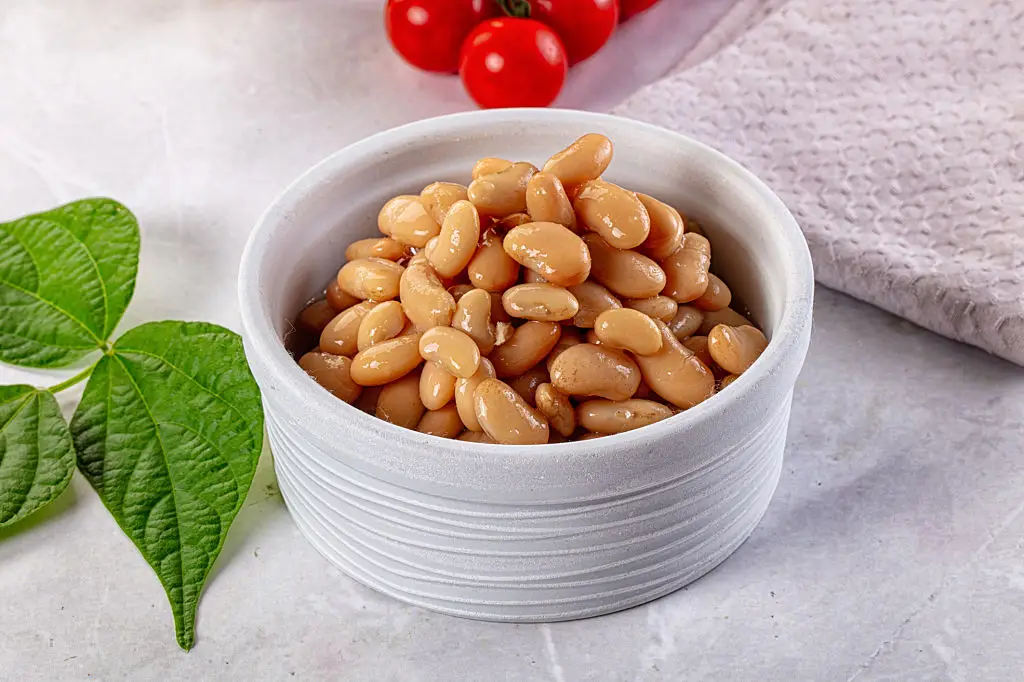10 Resistant Starches That Lower Blood Sugar While You Eat
3. Cooled Potatoes: Make Mashed or Potato Salad That Slows Digestion

Potatoes are often lumped into high-glycemic foods, but cooling cooked potatoes turns some starch into resistant starch, which slows digestion and can blunt the immediate blood sugar rise. The key is the same retrogradation process: cook thoroughly, cool in the refrigerator for 12–24 hours, then serve chilled or gently reheat to 165°F when you want warmth. Potato salad with yogurt-based dressing or herb vinaigrette is a delicious way to enjoy cooled potatoes while adding protein and healthy fats that further slow glucose absorption. Be mindful of preparation details. Heavy mayonnaise and extra salt can make a side less healthy overall, so favor lighter dressings, herbs, and vinegar. Also watch portions—cooled potatoes still contain carbs—and pair them with a protein like smoked salmon, roasted chicken, or a bean salad to keep your meal blood-sugar friendly. If you use insulin or medications, check your glucose response when trying cooled potato dishes for the first time.
4. Lentils and Beans: Naturally Resistant, Fiber-Packed Choices

Legumes—lentils, chickpeas, black beans, and others—are naturally rich in fiber and contain types of starch that resist digestion. That combination slows carbohydrate absorption and often produces smaller post-meal glucose increases compared with refined starches. Unlike foods that require cooling to form resistant starch, legumes are naturally helpful straight from the pot, though cooling can add a little more resistant starch through retrogradation. Consumer Reports and other nutrition sources note that the benefits are especially noticeable for people with type 2 diabetes. Use lentils in warm bowls, cold salads, or blended into hearty soups. Canned beans are a convenient option—rinse them to reduce excess sodium—and cooked-from-dry beans have an even better texture and flavor control. Pairing legumes with whole grains or vegetables makes balanced meals that support steady energy. If you’re new to beans, increase serving sizes gradually to let your gut adapt to the extra fermentable fiber.
